Deep within the silent rings of ancient trees lies a hidden chronicle of Earth's most violent volcanic eruptions. For decades, scientists have meticulously studied tree rings—not just to determine a tree's age, but to decode the fingerprints of catastrophic events that shaped human history. These concentric circles, often overlooked as mere markers of time, contain chemical and structural clues that reveal the aftermath of volcanic explosions dating back thousands of years.
The science behind this discovery, known as dendrochronology, hinges on the fact that trees grow in response to their environment. A healthy year with ample sunlight and rainfall produces a wide, robust ring. Conversely, a year of drought, frost, or obscured sunlight—such as that caused by volcanic ash veiling the atmosphere—leaves behind a narrow, stunted ring. But the real breakthrough came when researchers realized that specific chemical signatures within these rings could pinpoint the exact year of a volcanic eruption, even if no human record existed.
Volcanic eruptions inject vast quantities of sulfur dioxide into the stratosphere, where it transforms into sulfate aerosols. These tiny particles reflect sunlight back into space, cooling the planet for months or even years. This phenomenon, known as "volcanic winter," disrupts weather patterns, triggers crop failures, and leaves an indelible mark on tree growth. By analyzing the sulfur isotopes trapped within individual tree rings, scientists can now match these chemical traces to known eruptions, creating a timeline of volcanic activity with astonishing precision.
One of the most striking examples of this technique emerged from the study of the 536 AD climate catastrophe. Historical texts from Europe and Asia describe a mysterious "dust veil" that plunged the world into darkness, causing widespread famine and social collapse. For centuries, the cause remained debated—until tree rings from that period revealed abnormally high sulfur levels. Further investigation linked the event to a massive eruption in Iceland, proving that dendrochronology could solve ancient mysteries that written records alone could not.
The implications extend far beyond historical curiosity. Understanding past eruptions helps scientists predict the potential impacts of future ones. For instance, the 1815 eruption of Mount Tambora—responsible for the infamous "Year Without a Summer"—left such a pronounced sulfur spike in tree rings that researchers now use it as a benchmark for climate modeling. Modern civilization, with its interconnected food systems and fragile infrastructures, remains dangerously vulnerable to similar events. Tree rings, in this sense, serve as both a warning and a guide.
Yet, extracting these volcanic secrets requires more than just cutting down old trees. Advanced techniques like micro-sampling allow scientists to extract tiny cores without harming living specimens. Laboratories then employ mass spectrometry to detect trace elements at the molecular level. Each analysis is a painstaking process, but the payoff is a high-resolution climate record that rivals ice cores and sediment layers in its detail.
Perhaps the most sobering revelation from tree-ring studies is the frequency of "forgotten" mega-eruptions. In 1257 AD, a volcano—now believed to be Indonesia's Samalas—spewed enough ash to lower global temperatures by at least 1°C. Medieval chronicles documented the ensuing hardships, but the eruption itself went unidentified until tree-ring and ice-core evidence converged in the 21st century. Such discoveries underscore how easily even civilization-altering disasters fade from memory, only to be resurrected by the silent testimony of trees.
As climate change accelerates, the lessons encoded in tree rings gain urgency. The same volcanic aerosols that cool the planet have been proposed as a controversial geoengineering solution to global warming. Yet, tree rings caution against simplistic fixes—their records show that volcanic winters often brought extreme rainfall shifts, prolonged droughts, and unforeseen ecological ripple effects. Nature's experiments, preserved in cellulose and lignin, remind us that tampering with Earth's systems carries risks we are only beginning to comprehend.
From the cedar forests of Lebanon to the bristlecone pines of California, trees stand as unwitting archivists of planetary upheaval. Their rings, far from being passive records, actively reshape our understanding of history, climate, and survival. As technology unlocks ever more secrets from these wooden time capsules, one truth becomes clear: the past, written in sulfur and sunlight, holds the keys to our future.

By /Jun 7, 2025

By /Jun 7, 2025

By /Jun 7, 2025

By /Jun 7, 2025

By /Jun 7, 2025

By /Jun 7, 2025

By /Jun 7, 2025

By /Jun 7, 2025

By /Jun 7, 2025

By /Jun 7, 2025
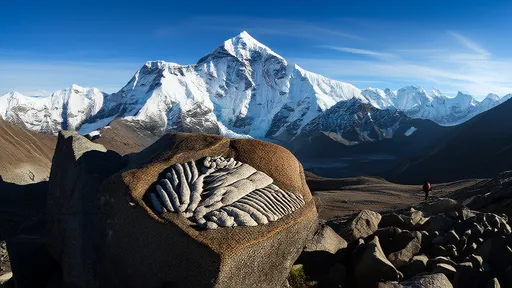
By /Jun 7, 2025
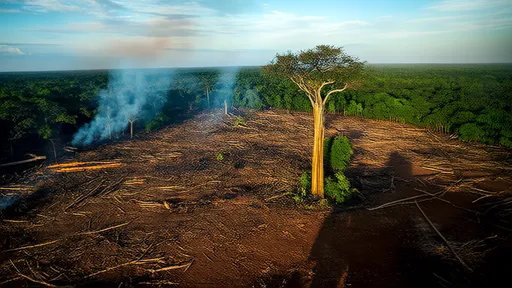
By /Jun 7, 2025

By /Jun 7, 2025
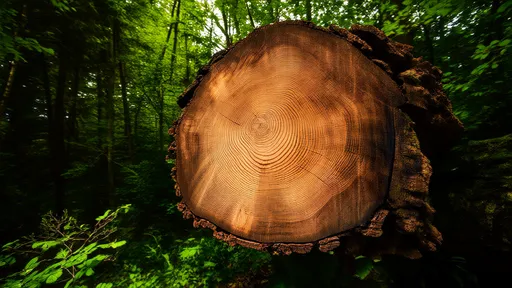
By /Jun 7, 2025
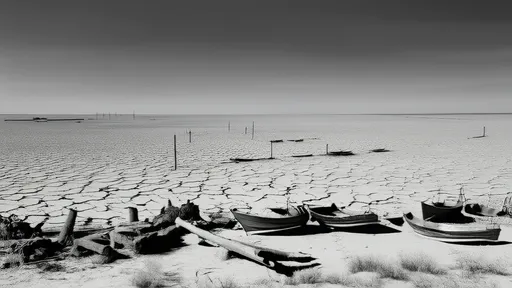
By /Jun 7, 2025

By /Jun 7, 2025

By /Jun 7, 2025

By /Jun 7, 2025

By /Jun 7, 2025
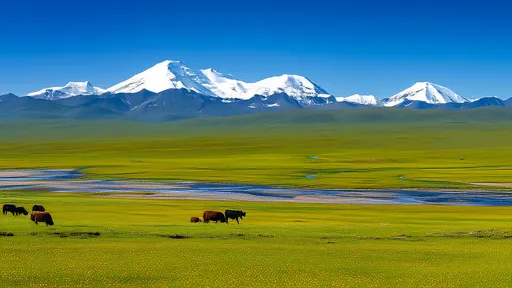
By /Jun 7, 2025